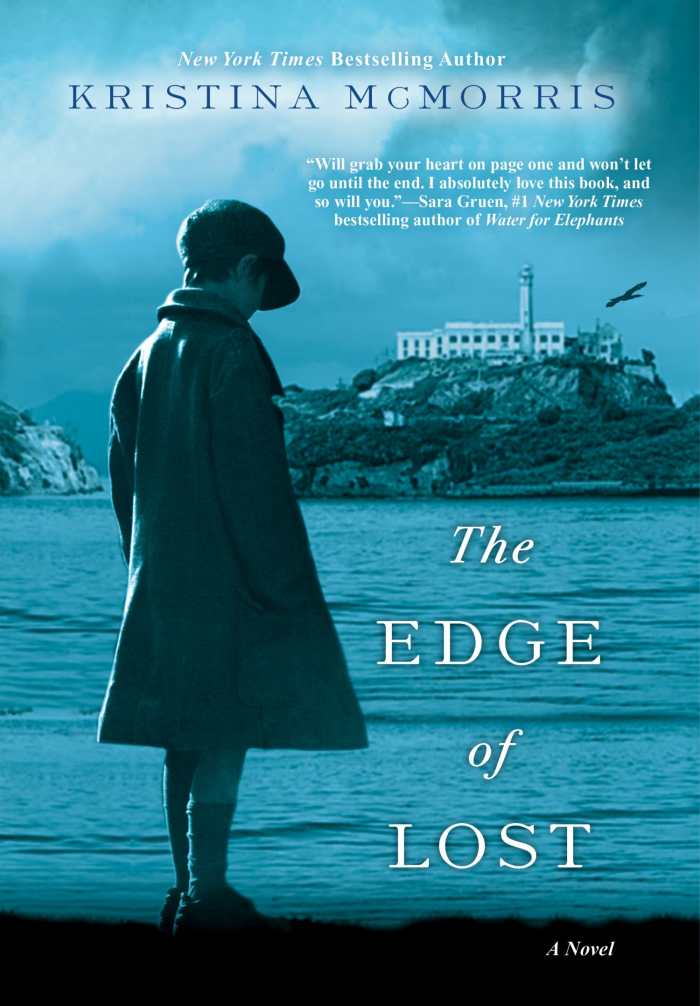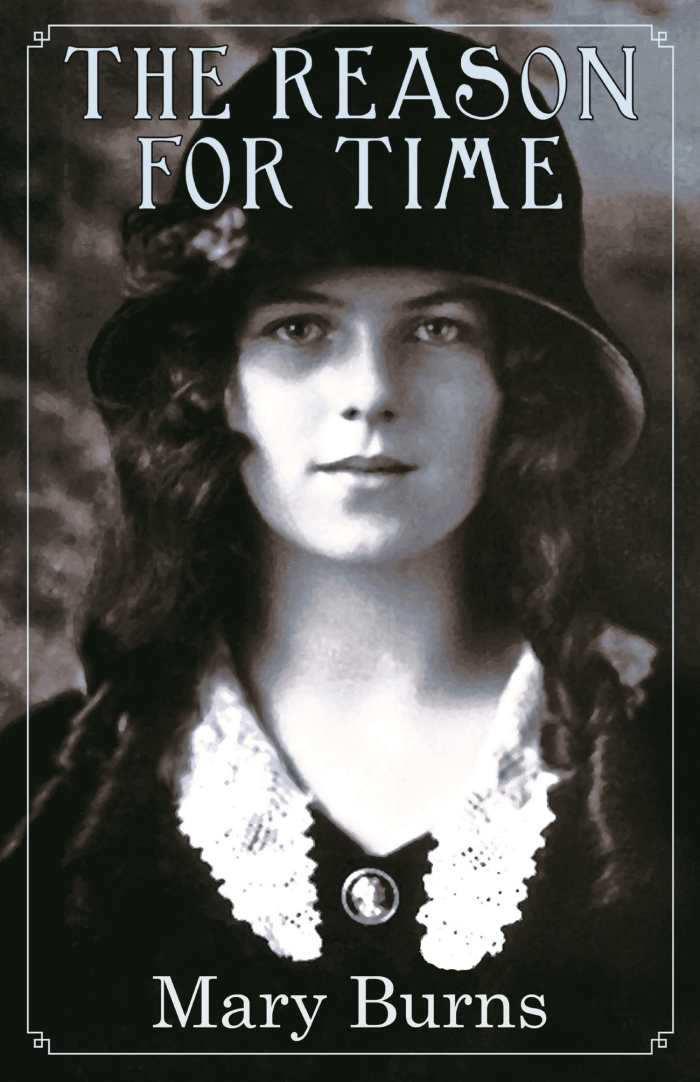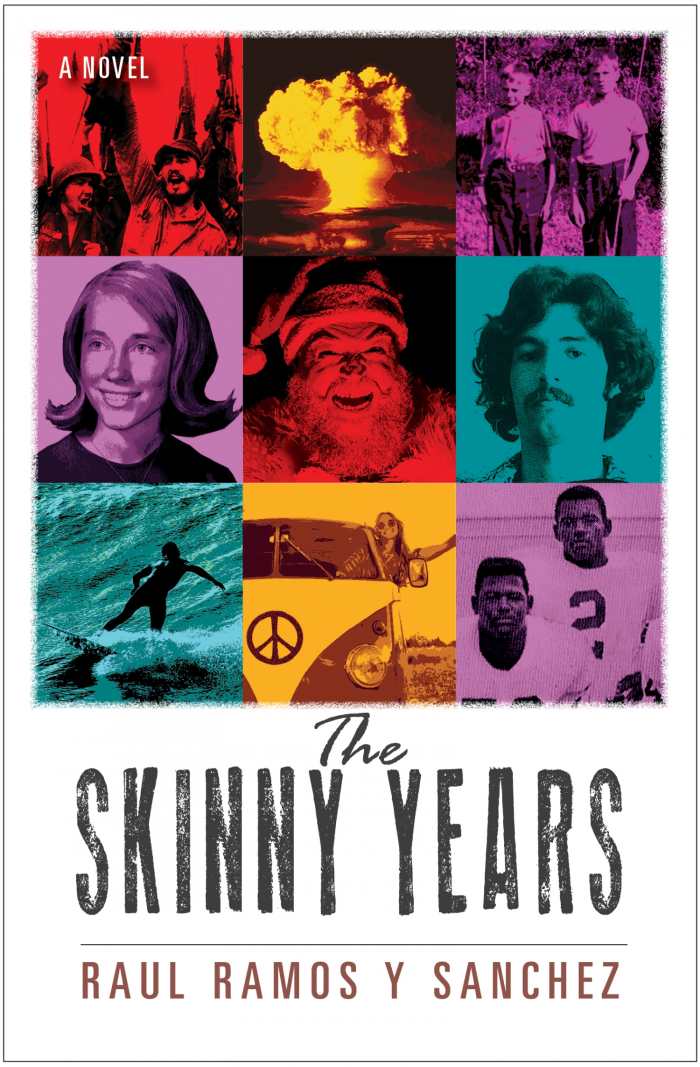5 Tales of Immigrants from Summer 2016

The immigrant’s story is often one of hardship and struggle. New customs and new expectations make their new life difficult, but the promise of a better life is the ultimate reward. Travel from one country to the next with these people and learn what it means to seek a new life in these immigrants’ tales from our Summer 2016 issue.
Repercussions

Anthony Schneider
Permanent Press
Hardcover $28.00 (260pp)
978-1-57962-426-2
Buy: Amazon
Immigrants participate in antiapartheid efforts, in this compassionate novel about family, bravery, and loss.
Anthony Schneider’s Repercussions is a much-needed addition to the canon of South African antiapartheid literature.
The novel opens in 1961, focusing on a young, white lawyer, Henry Wegland, and his participation in the newly formed military branch of the African National Congress. Schneider deftly folds in alternating chapters about Henry’s childhood as the son of Lithuanian immigrants living in Liverpool, his present-day life as an elderly man residing in Brooklyn, and Henry’s grandson, Saul, who, urged by Henry, returns to South Africa searching for unanswered questions from Henry’s life there.
Fueled by his Uncle Isaac’s commitment to justice and equality for his fellow immigrants, Henry becomes involved in the MK Umkhonto we Sizwe (Spear of the Nation), the military group established by Nelson Mandela’s party. The MK decides to counter the continual police brutality with its own acts of violence, pulling Henry into an assassination plot. The fallout from that plan forces Henry to flee the country, leaving his wife and young son, Glenn, behind.
A smooth transition is effected from these events to Henry’s life in his eighties. Henry reckons with memories of his participation in antiapartheid movements and what that action cost him. His desire to search out his lost love is developed with subtle nuances, humor, and perspicacity. In contrast to Schneider’s vivid portrayal of the resistance movement of the sixties, Saul’s experience in rural, present-day South Africa is a troubling journey through poverty, crime, and disappointment, as most of his grandfather’s compatriots have died.
Resistance to brutality and inequality always deserves historical recognition, though those on the front lines often have to wait for future generations to discover and admire their deeds. Repercussions not only succeeds at honoring those who offered resistance, but provides an opportunity to understand a tumultuous and vital time in South African history. In Repercussions, Schneider highlights the real people who figured into the antiapartheid movement, crafting a compassionate novel about bravery and loss in the process.
MONICA CARTER (February 29, 2016)
The Edge of Lost

Kristina McMorris
Kensington
Softcover $15.00 (352pp)
978-0-7582-8118-0
Buy: Amazon
An enthusiastic immigrant journeys to New York from Ireland in this vibrant period piece.
Kristina McMorris’s novel The Edge of Lost is an engaging and suspenseful story about a young Irish immigrant looking for his real father in America. As the story progresses, it branches out to include such historical events and settings as Alcatraz, prohibition-era New York, and the burlesque atmosphere of vaudevillians and underground gambling rings. This is a well-researched historical novel, vibrant and authentic, and impressive for the way that it brings various settings to life.
Starting in Ireland, the story follows a young Shanley Keagan as he makes his trip to America in search of his father. Taken in by an Italian family after losing his uncle, Shanley is exposed to an America that seems as unforgiving as it does full of opportunity. As he capitalizes on his talents as a vaudevillian in New York and dabbles in its seemingly lucrative payouts, it becomes apparent to Shanley that another world lurks under the one he lives in, one in which events like prohibition fuel crime and where it becomes increasingly easy to fall into a criminal lifestyle.
Its narrative involving everything from love to criminality, The Edge of Lost is certainly a novel whose author tries hard to develop these themes. The story follows Shanley by way of a close third-person narrator, detailing events and circumstances that seem, at times, highly convenient. Still, McMorris dedicates a substantial amount of attention to her characters, all of whom impact Shanley and contribute to his progression and growth over the span of the novel.
As the story moves from Ireland to New York, its suspense is kept up through Shanley’s multiple pursuits and transformations, and this becomes one of the novel’s hallmark features. For readers interested in both the historical significance of places like Alcatraz and New York in the early twentieth century and the suspense of a well-written mystery, The Edge of Lost is a novel that does a fine job of illustrating its settings alongside an enthusiastic protagonist.
KENNY JAKUBAS (February 29, 2016)
The Reason for Time

Mary Burns
Allium Press of Chicago
Softcover $16.99 (216pp)
978-0-9967558-1-8
Buy: Amazon
This engaging work presents a realistic glimpse of the early twentieth century.
Mary Burns’s new novel, The Reason for Time, focuses on a young Irish immigrant in early twentieth century Chicago whose world is rocked when a blimp crashes into a bank building—a startling premise that begins an engaging work of historical fiction.
Maeve Curragh’s humble aspirations are indicative of the American dream for women in the early twentieth century: find a good man and settle down. She thinks she’s found this opportunity in Desmond Malloy, a handsome and self-assured streetcar conductor from the Auld Sod with the gift of gab. Over the course of ten days in July 1919, she falls deeper and deeper under his spell, wavering as temptations lead her to several questionable choices.
The author uses the appropriate method of introducing important issues that affect her characters’ thoughts and actions: newsboys hawking their merchandise, shouting out teasers for the top stories, years before the availability of any sort of broadcast news.
Burns exposes an uncomfortable sense of claustrophobia in terms of both time (the ten days) and space (the crowded conditions of the tenements as well as the streets and transportation). The stifling summer heat does nothing to alleviate numerous tensions, including the aftermath of the blimp disaster. It’s just the first of several actual events—centered around child abduction, labor unrest, and racial strife—that occurred as African American families migrated from the South in large numbers following the end of World War I, competing for jobs and housing.
Another recurring theme is the social and economic limits facing Maeve and her contemporaries. The heroine frequently complains about the confinements of the sartorial options available to her, the by-products of her gender and budget, exacerbated by the oppressive weather, giving an impression of even less control over her environment (and an extension of the claustrophobia trope). All this seems to conspire against Maeve as she seeks to find her place.
As a journalist, Burns’s research skills go a long way in presenting a realistic glimpse of the epoch. The dialogue is written in the vernacular (and political incorrectness) of the era—shocking now, but authentic to the times. Though some outcomes have a soap-opera quality, The Reason for Time contains enough engrossing twists and turns to keep it interesting.
RON KAPLAN (May 27, 2016)
The Skinny Years

Raul Ramos Y Sanchez
Beck and Branch Publishers
Softcover $13.99 (246pp)
978-0-692-60841-8
A family flees from Castro’s Cuba, in this gritty, humorous novel about a young boy’s coming of age.
Raul Ramos Y Sanchez’s The Skinny Years is a complex, humorous, and utterly absorbing coming-of-age tale set in the 1960s. With themes of friendship, family loyalty, and economic hardships, the novel explores a decade in the life of eight-year-old Victor “Skinny” Delgado. The novel opens with Victor’s father, Juan Delgado, and his family living a life of luxury and success in Havana. As a professor of law at the University of Havana and a top supporter of the Batista regime, Mr. Delgado is proud of his anticommunist essays, but when Fidel Castro takes over, Batista and his defenders flee Cuba for their own protection.
Mr. and Mrs. Delgado, Skinny, his little sister Marta, and his maternal grandmother are left with little money when they arrive in Miami. Forced to live in a small house, with roaches as roommates, Mrs. Delgado takes a job as a hotel maid to support the family. Mr. Delgado refuses to work, convinced that Batista will regain power and the family’s former riches will be restored. With the constant negative undertow in his home, Skinny decides to spend most of his time out in the neighborhood.
When Loco, a local kid with red, bushy hair, saves the overweight Skinny from getting into a fight at the park, they become loyal friends. Loco is also Cuban and helps Skinny adapt to some of the cultural differences. Ramos infuses the novel with comical teaching moments, as when Loco takes Skinny trick-or-treating for the first time. Skinny informs Loco that he will not wear his mother’s scarf when they dress up as pirates, but Loco advises Skinny to “cut the macho act … this isn’t Cuba. Nobody here is going to think you’re a maricón for wearing a scarf on Halloween.”
Ramos has written a realistic, gritty, and witty coming-of-age story that focuses on not only Skinny’s growth, but the growth of all the characters. This well-written novel about the Cuban experience in 1960s Miami offers a much-needed perspective to that era of American history.
MONICA CARTER (May 27, 2016)
The Dark of the Island

Philip Gerard
John F. Blair Publisher
Softcover $17.95 (254pp)
978-0-89587-660-7
Buy: Local Bookstore (Bookshop), Amazon
Greed, regret, deceit, and betrayals drive the mystery, but Gerard’s literary, often emotionally charged, writing make this a worthwhile read.
In The Dark of the Island, Philip Gerard follows a man drifting through life as he confronts his hidden family history. As accessible as pop fiction, Gerard’s novel is a provocatively imagined emotional and psychological tale.
Nicholas Wolf works for NorthAm, an independent oil outfit. Helping to “soften the footprint, minimize the disruption” where NorthAm drills, Wolf is the “company storyteller,” his work part PR, part on-the-scene reporter to his home office. Wolf and Fannon, a project manager, are dispatched to Hatteras Island on North Carolina’s Outer Banks. As they survey offshore prospects, the pair meet resistance, sometimes violent, not the least of all because of a secret linked to Wolf’s grandfather, a German immigrant who left the US to fight for the Nazis. Wolf soon begins to feel he’s “in a foreign country without a fixer.”
The character-driven narrative circles around Wolf, island patriarch Liam Royal, and Liam’s granddaughter, Julia, a young divorcée who returns to the island reluctantly. Snappish and quick to anger, Julia’s hard shell is sketched in a few words. Forever walking the beach, treasuring his granddaughter, Liam’s angst and guilt are more deeply layered and are revealed slowly as being related to the foundation of his wealth. Wolf is a forty-something independent man whose character grows more empathetic via anecdotal flashbacks, beginning with Wolf’s youth, when he lived with his grandmother and her “constant state of reminiscence or anticipation.” Oma represents misspent love, with Wolf nearly doomed to follow. Although Gerard makes only minor allusions to racial oppression, the descendants of Isaac Lord, near cliché as a beloved African American preacher, become narrative catalysts, as does Fannon, at first amiable, then mysterious, broadening the nicely paced story.
Hatteras and the sea are wonderfully rendered. The narrative rests ashore on the once-isolated island of “Mooncussers and wreckers,” who now must cater to tourism. Gerard’s descriptions of trips to and from the offshore rig, and life aboard the rig, where the great steel beast will “shift and shimmy” in the wind, are visceral.
Greed, regret, deceit, and betrayals drive the mystery, but Gerard’s addition of a realistic love story and his literary, often emotionally charged, writing make this a worthwhile read.
GARY PRESLEY (May 27, 2016)
Hannah Hohman
